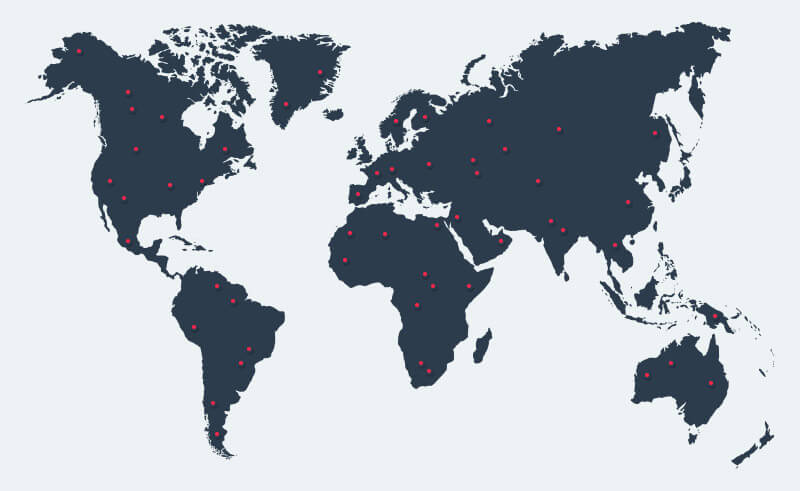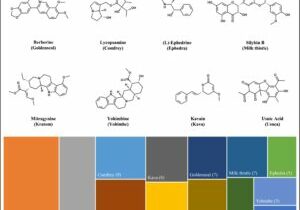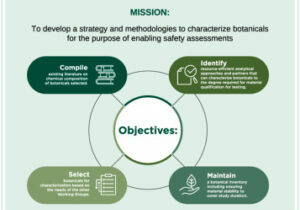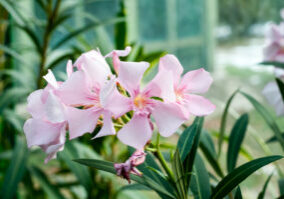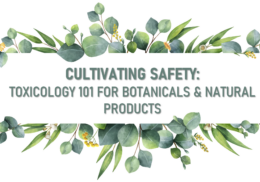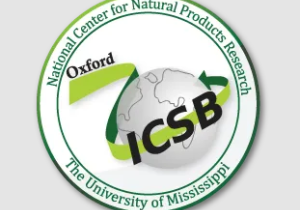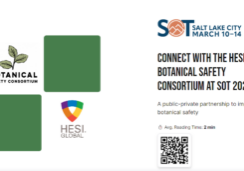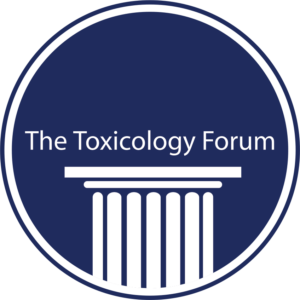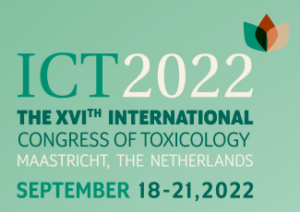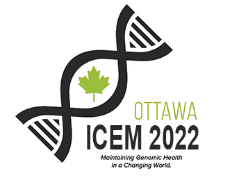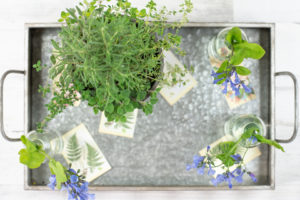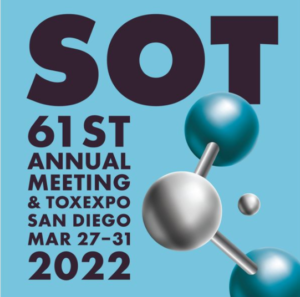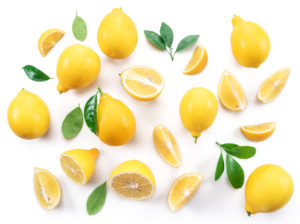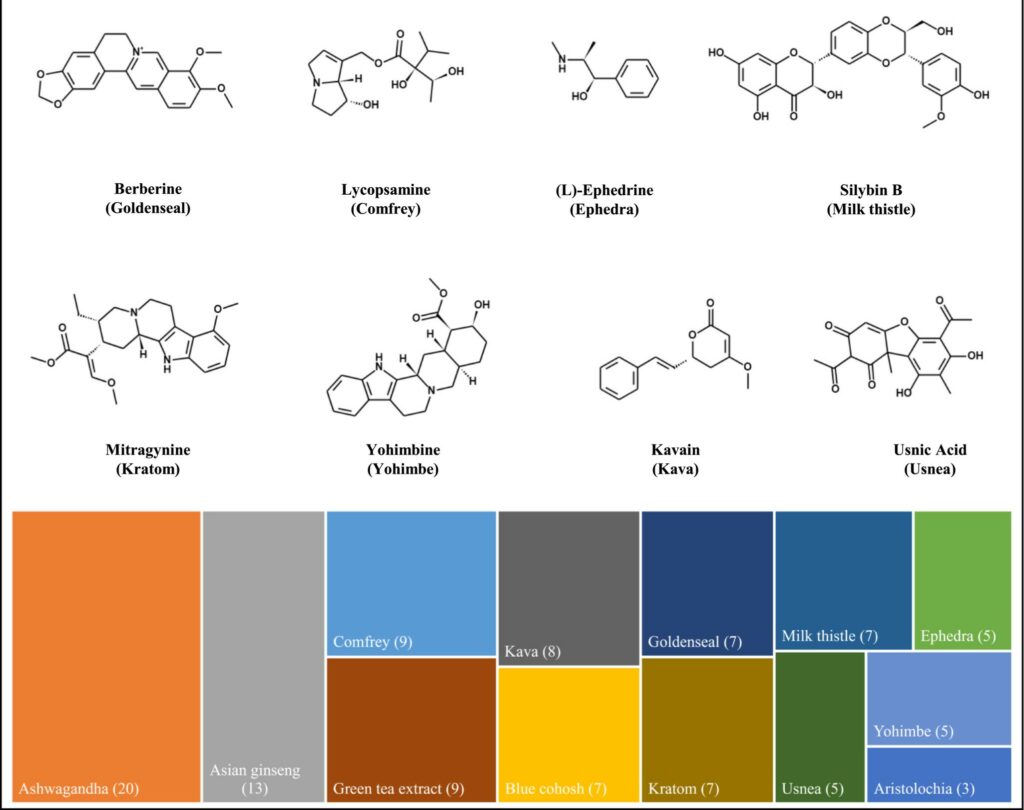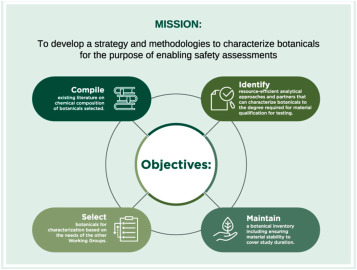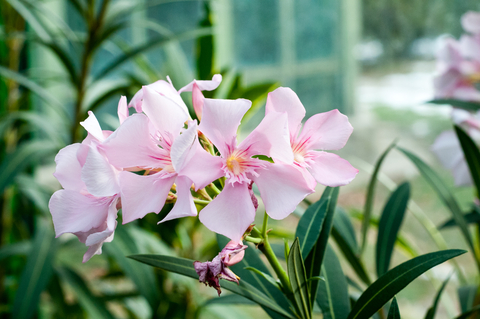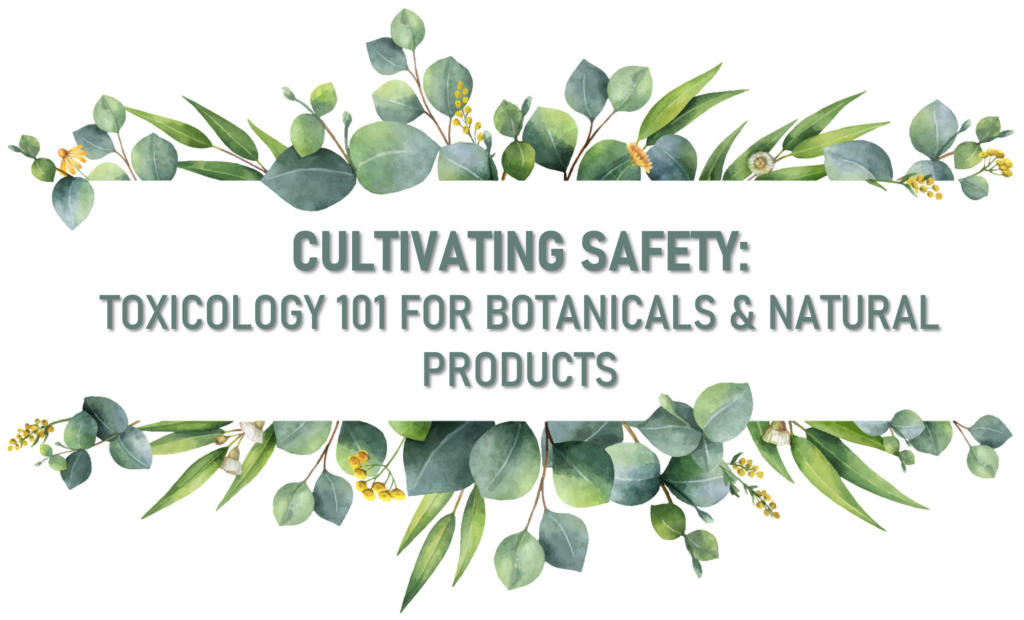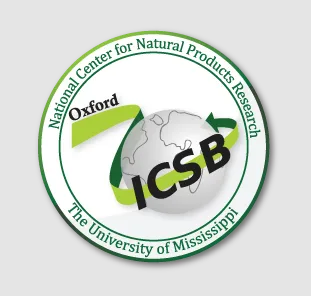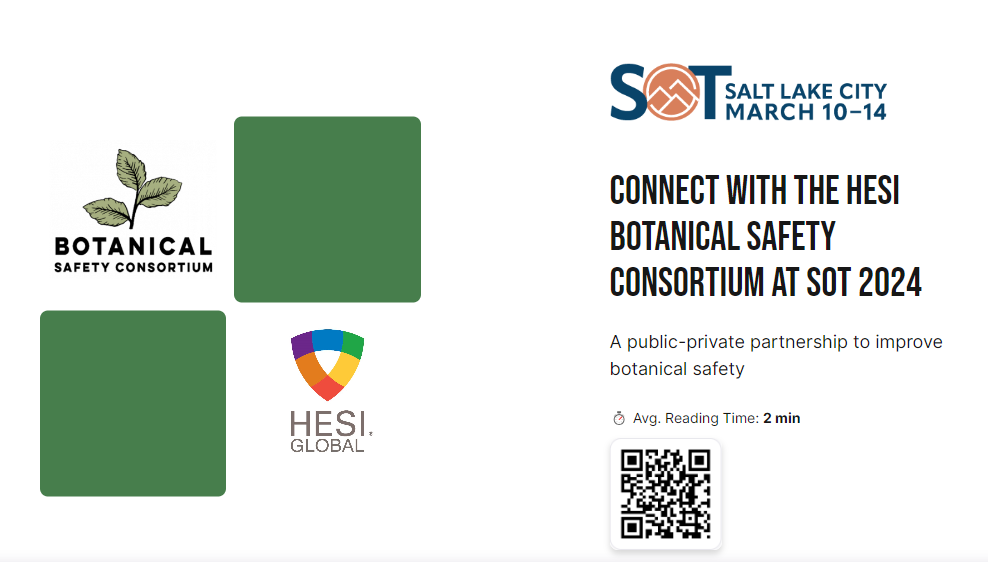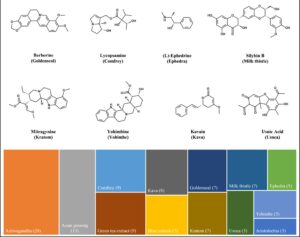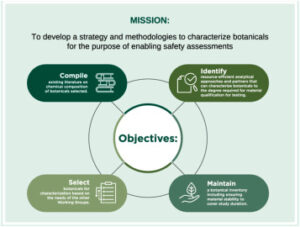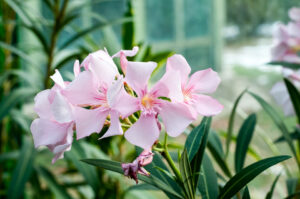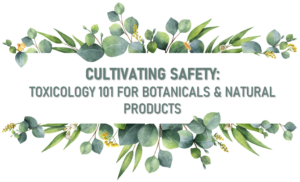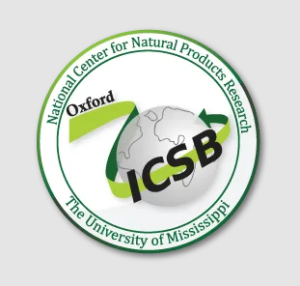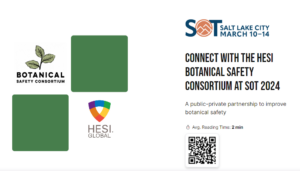Toxicology Forum 2023 Winter Meeting
23 January 2023 HESI Botanical Safety Consortium event titled “Advancement of Botanical Safety Using New Approach Methodologies” at the Toxicology Forum 2023 Winter Meeting on January 23, 2023 from 1pm – 3pm EST. Link to the full program here: https://toxforum.site-ym.com/page/2023WinterMeetingProgram
BSC Webinar: An In-Silico Method To Predict Cardiotoxicity In Botanical Substances
29 November 2022 The HESI Botanical Safety Consortium will host a webinar on Tuesday November 29 at 11 am ET from Dr. Jeremy Billson (InoCardia) entitled “An In-Silico Method To Predict Cardiotoxicity In Botanical Substances“. This work is a pilot project, using a predictive model for cardiovascular liabilities with botanical constituents. On the webinar Jeremy…
BSC at the 33rd German Society for Environmental Mutation Research Meeting (GUM)
6 October 2022 The Botanical Safety Consortium is hosting a session at the 33rd German Society for Environmental Mutation Research Meeting (GUM). When: October 6th, 2022 4:15 – 5:45pm CET Session 5 iGUM & GUM – The HESI Botanical Safety Consortium’s genotoxicity testing framework – Various perspectives 4:15 – 4:40 Authorities: Kristine Witt (NIEHS, Washington, USA)…
BSC Annual Meeting
27 September 2022 Due to continued uncertainties with COVID-19, feedback from our stakeholders and the goals of the meeting, we have decided to make this year’s Botanical Safety Consortium’s Annual Meeting FULLY Virtual. The meeting will take place on 27 September. The full agenda can be viewed below and downloaded HERE. The meeting is free…
BSC at ICT2022
18 – 21 September 2022 International Congress of Toxicology in Maastricht, the Netherlands 18 September to 21 September “New Approach Methodologies to Evaluate Botanical Safety” – poster by Dr. Michelle Embry, HESI
BSC at the 70th International Congress and Annual Meeting of the Society for Medicinal Plant and Natural Product Research (GA)
August 28-31, 2022 The BSC is planning a workshop during the 70th International Congress and Annual Meeting of the Society for Medicinal Plant and Natural Product Research (GA), which will take place on August 28-31, 2022 in Thessaloniki, Greece. The workshop will take place on Sunday August 28thentitle “Development of a Toolkit to Evaluate Botanical…
BSC at the International Conference on Environmental Mutagens, Ottawa
27 August – 1 September 2022 International Conference on Environmental Mutagens in Ottawa, Canada 27 August to 1 September 2022 – “A Strategy for Developing a Framework of Genotoxicity Assays for Safety Assessment of Botanicals” – oral platform by Dr. Stefan Pfuhler, Procter and Gamble.
BSC at ICSB 2022
March 28-31st, 2022 The Botanical Safety Consortium will have a session at the International Conference on the Science of Botanicals (ICSB 2022) entitled “Botanical Safety Assessment: Updates from the BSC”. The meeting is taking place March 28th-31st, 2022. A description of the session and talks are below. The Botanical Safety Consortium (BSC) was officially convened…
BSC at SOT 2022
March 27-31st, 2022 The Botanical Safety Consortium presented at the 2022 Society of Toxicology meeting, which was held virtually and in person in San Diego, CA March 27-31, 2022. The presented posters highlighted the work of some of the technical working groups. Click poster titles to view each poster. Application of In Silico and In…
Botanical Safety Consortium Stakeholder Council Webinar Series February 22, 2022 @ 11am EST
Chemical Safety of Phytomedicines – Perspectives for in vitro testing strategies? The Botanical Safety Consortium hosted an open webinar on Tuesday 22 February 11 am -12 pm ET. Webinar Title: Chemical Safety of Phytomedicines – Perspectives for in vitro testing strategies? Speaker: Dr. Dieter Schrenk, Senior Professor of Food Chemistry & Toxicology, University of Kaiserslautern…
The Botanical Safety Consortium (BSC) was officially convened in November 2019, as the result of a Memorandum of Understanding between the US Food and Drug Administration (FDA), the National Institutes of Health’s National Institute of Environmental Health Sciences (NIEHS), and the non-profit Health and Environmental Sciences Institute (HESI).
Get Involved
At a Glance
Learn More
Our current charge is to evaluate the suitability of assays for botanicals as complex mixtures.
Latest News
New publication: Prediction of physicochemical and pharmacokinetic properties of botanical constituents by computational models
A newly published study from the Botanical Safety Consortium used computational models to predict the physiochemical and pharmacokinetic properties of botanical constituents. This study investigated 103 major compounds from…
New publication: Within-laboratory reproducibility of Ames test results: Are repeat tests necessary?
A cross-sector group of experts from the Health and Environmental Sciences Institutes (HESI)’s Botanical Safety Consortium (BSC) and Genetic Toxicology Technical Committee (GTTC) analyzed data from the National Toxicology Program (NTP) Ames…
Botanical Safety Consortium Summit 2024
Thursday October 10 and Friday October 11 2024 In-person: The National Institute of Environmental Health Sciences (NIEHS), Durham, NC, USA Virtual: TBA The Botanical Safety Consortium (BSC) will…
New publication: Advancing botanical safety
Advancing botanical safety: A strategy for selecting, sourcing, and characterizing botanicals for developing toxicological tools. Waidyanatha et al., February 2024. Food and Chemical Toxicology. https://doi.org/10.1016/j.fct.2024.114537 Increases in botanical use,…
New publication in Food and Chemical Toxicology
Neuroactivity screening of botanical extracts using microelectrode array (MEA) recordings Regina G.D.M. van Kleef, Michelle R. Embry, Constance A. Mitchell, Remco H.S. Westerink. Food and Chemical Toxicology. https://doi.org/10.1016/j.fct.2024.114438 The…
International Congress on Natural Products Research (ICNPR)
13 – 17 July 2024 The Botanical Safety Consortium is holding a training course as part of the meeting on Saturday 13 July entitled “Cultivating Safety: Toxicology 101 of Botanicals…
ICSB 2024
15 -18 April 2024 The Botanical Safety Consortium will be in attendance and presenting at the 22nd International Conference on the Science of Botanicals. Speakers include Connie Mitchell (HESI), and committee…
34th German Society for Environmental Mutation Research Meeting (GUM)
20 – 22 March 2024 The Botanical Safety Consortium will present two posters at the 34th German Society for Environmental Mutation Research Meeting (GUM). When: 20 – 22…
SOT 2024
10 – 14 March 2024 The BSC will be presenting at SOT 2024 in Salt Lake City, UT, USA. Monday, March 11@1:45-4:30pm Symposium Session: Botanical-Induced Toxicity: Liver Injury and…
Botanical Safety Consortium: Introduction and Updates
18 January 2024 Connie Mitchell, Michelle Embry & Julie Krzykwa will be presenting to the US FDA Center for Food Safety and Applied Nutrition (CFSAN) to update the…
